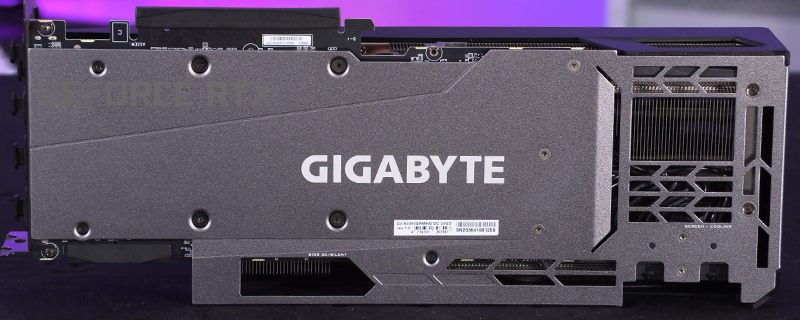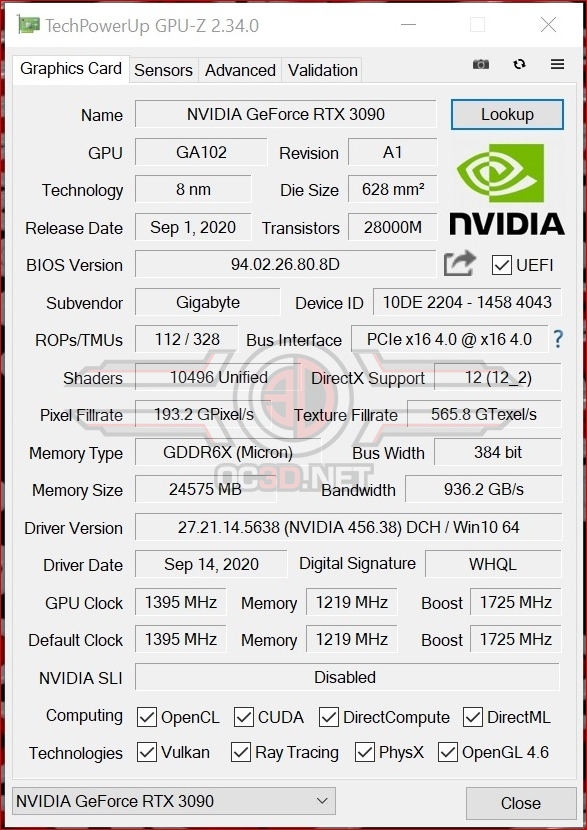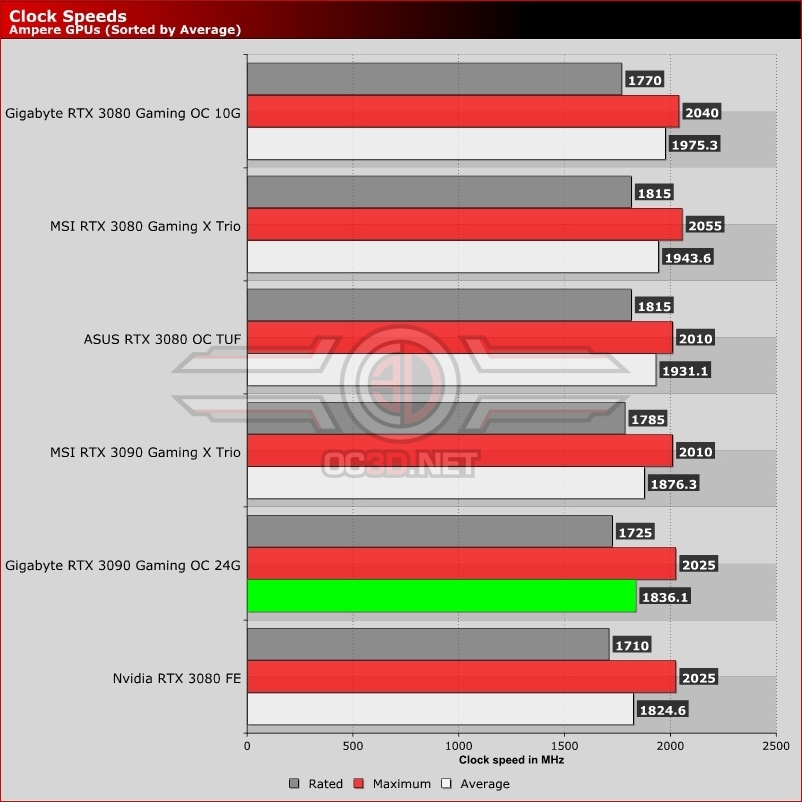Gigabyte RTX 3090 Gaming OC 24G Review
Test Setup
With the RTX cards potentially requiring PCI Express 4.0, and the impressive performance from the AMD Ryzen 3 CPUs, we thought it was the perfect time to revamp our GPU test rig, and if we’re changing the bench rig we need to throw away all of our results. This meant that we’ve spent a lot of time choosing new games that would be show off the next generation of GPUs whilst also covering the majority of the type of games people play. Yes we could use DOTA and Fortnite if we’re just going for popularity, but neither of those really stretch your graphical capabilities.
We’ve also slightly switched up our graphs too. By and large we’re the same as before with the three resolutions, but we’re including frame percentile results too. Just showing a minimum frame rate is pointless as you could have one single frame that was lagged and the card would look worse than it is. Instead the percentile shows the average of those bottom results, which are more representative of real-world ‘worst case’ expectations.
Gigabyte RTX 3090 Gaming OC 24G
AMD Ryzen 9 3950X
ASUS ROG Crosshair VIII Formula
Corsair Dominator Platinum RGB Series DDR4 3600MHz
Corsair RM1000i PSU
Corsair iCUE H150i RGB Pro XT AIO
Corsair MP600 2TB PCIe 4.0 SSD
Corsiar Obsidian 500D RGB SE
Windows 10 x64 “May 2020” Update
Clock Speeds
Just like the RTX 3080 version of the Gigabyte Gaming OC it isn’t rated as highly as the competition out of the box, but actually boosts to a very satisfactory level. Indeed when compared to the MSI it boosts a little higher, even if the average boost clock is just a shade behind. Let’s face it though, all products with this many cores boost a little slower than lesser chips – the CPU world is a clear example – so with 10000+ CUDA Cores to handle a few megahertz here and there won’t make much difference.





